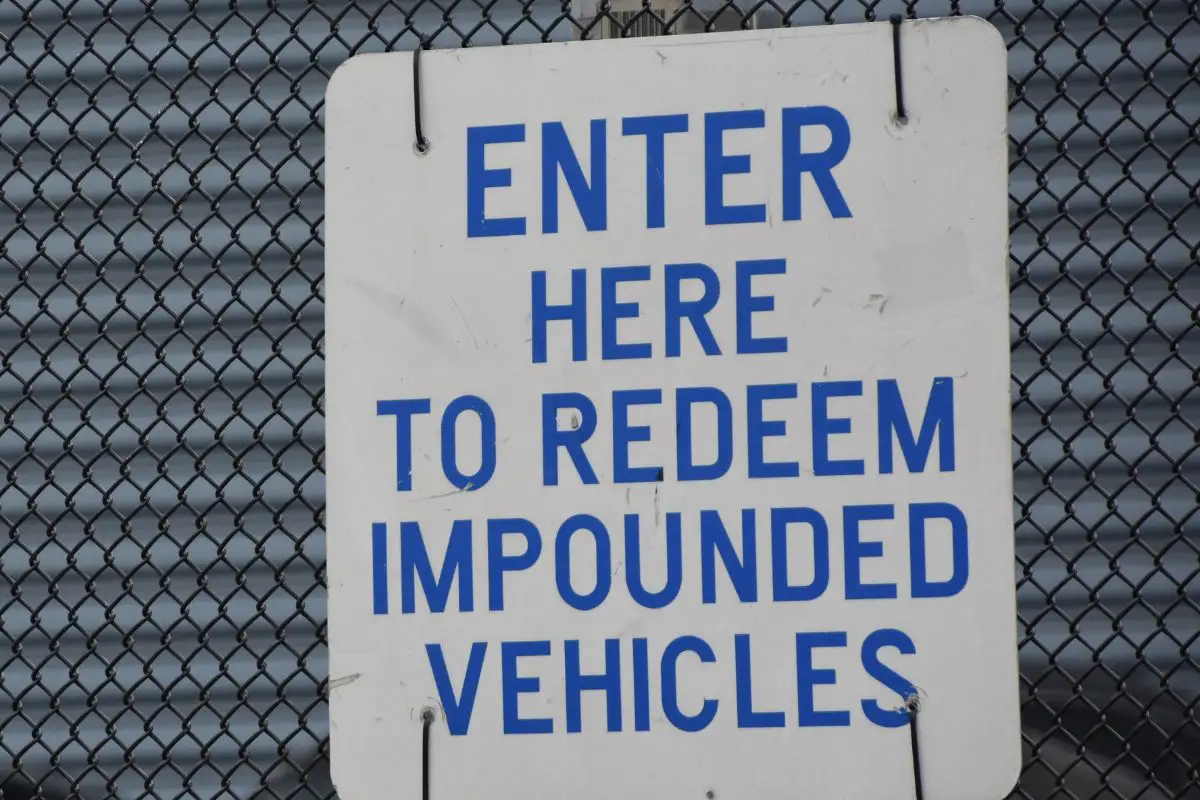To address the hurdles in B.C.’s impoundment program, especially related to rate changes, industry involvement is essential.
by Ken Hendricks
In British Columbia, police impound roughly 30,000 vehicles per year with impoundment periods ranging from three to 60 days, and even longer in some instances. The impound lot operator (ILO) program continues to be a success by reducing motor vehicle infractions as well as helping to save lives. It has also been good business for the towing industry. However, it comes with its own set of problems.
The program, administered by RoadSafetyBC, is administratively burdensome, and its rates, which are regulated through the Motor Vehicle Act, do not provide adequate compensation. Much of this is due to a change in how impoundment rates are established.
It all started in 2010 when the B.C. government passed new regulations governing the impoundment of motor vehicles for speeding, driving under the influence, and other motor vehicle infractions. The new laws were some of the most aggressive in the country, giving the police the ability to impound a vehicle for up to 60 days, along with other punitive measures.
In 2013, the then-Liberal government harmonized ILO rates with rates set by Insurance Corporation of British Columbia (ICBC). The Automotive Retailers Association (ARA) in B.C. has spent considerable time since then trying to get this, and other things about the program, changed. We can say that we have made significant inroads in the last two years, and our advocacy efforts have paid off.
Before harmonization, industry and government used to negotiate rates based on the business of towing and storing a vehicle that has been impounded for motor vehicle infractions. ICBC, in contrast, unilaterally sets its own rates for towing and storing a vehicle that has been involved in an accident, leading to a significant difference.
ICBC rates have evolved over the last two decades to compensate towers for a wide array of accident-related towing services. Rather than one single all-encompassing rate, ICBC provides individual rates for each type of service provided, which is not well-suited for the impoundment model. Moreover, ICBC rates also include volume discounts for multiple tows of the same vehicle. As a crown corporation, ICBC aims to keep costs lower for policy holders who benefit from ICBC’s purchase power, but applying these rates to the ILO program means effectively extending a discount to individuals violating the Motor Vehicle Act and endangering lives.
The ARA has actively raised these concerns with the government with significant progress made after the NDP government obtained a majority in 2020. Since then, RoadSafetyBC has gone through its own internal review, leading to several recommendations for improving the operational efficiency of the program, including reducing paperwork for disposing an unclaimed vehicle.
The biggest gain, however, was the decoupling of ILO rates from ICBC rates. While ICBC rates are currently the only published rates in the province, and they have served as a fallback for others such as municipal governments, a new source of rates will apply to other similar types of work such as municipal by-law towing and the towing of abandoned vehicles.

This process, however, still requires legislative change, as well as a rate study conducted by an accounting firm this fall. Industry participation in this research is crucial. Some may be skeptical, and there may be good reasons for this skepticism, as previous attempts have brought little positive outcome from the industry. But we have learned from the mistakes of the past, and we all know that engagement and consultation with industry will be critical for success. ■
